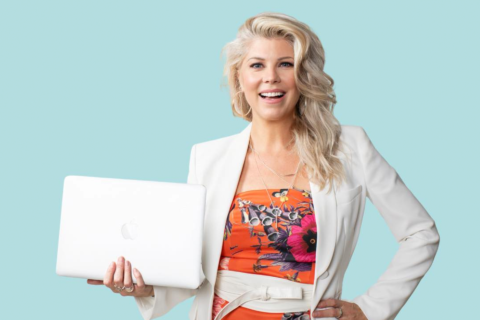Most people judge a product by its packaging.
Increasing competition and a cluttered marketplace makes product packaging and design more important than ever.
The product packaging industry hasn’t changed much in recent years. However, the way packaging is used and how products are presented has definitely evolved.
Packaging and design has to, not only, protect the contents, but it also has to stand out and trigger emotional engagement from your customers.
The ultimate unboxing experience
The unboxing experience has become a vital branding element; often leading to perceptions of a product’s value. Packaging creates an essential first impression.
So here are five key marketing tactics to keep in mind when you’re ready to create custom product packaging and design.
1. Product packaging and design should appeal to your target audience
First, it’s important that you really know your market. First, it’s important that you really know your market. Some packages or custom boxes are made specifically to be used and handled by a certain type of customer.
If you are targeting young girls with a new cosmetics line, then color psychology and an ultra feminine design may work well. The same cosmetics line, may not appeal to a different customer whose buyer persona is more edgy.
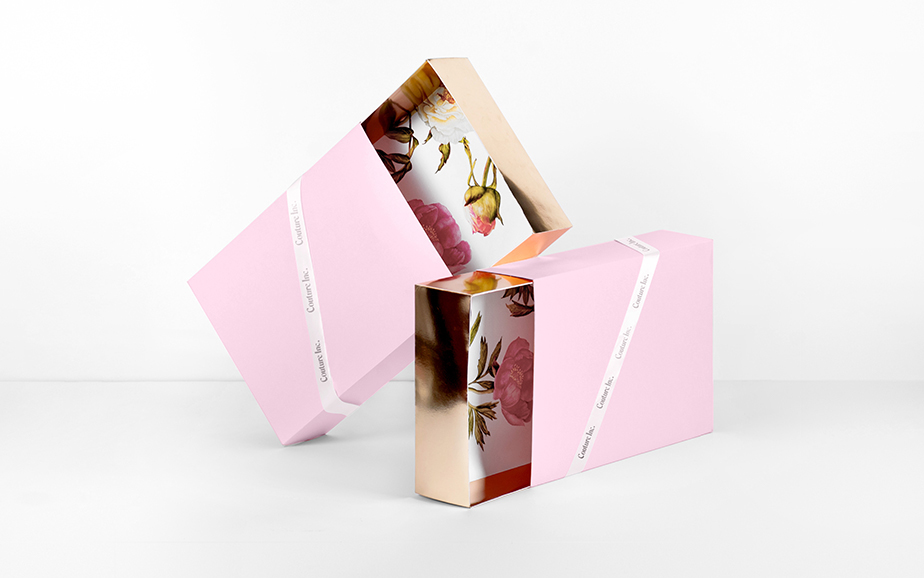
Additionally, a box of candy for children and a pack of digestive supplements for seniors will not be packaged the same way. While a younger consumer has the dexterity to easily open a creatively-complicated package, a senior may have a hard time opening that same package. For seniors, easy to open tabs and reusable boxes are preferred.
Knowing your target audience and creating a well-executed interactive component is just as important as graphics and colors.
2. Ensure your product’s packaging and design stands out
Every product is different. Even if there are close substitutes, brand identity is important. Consider this: Although Coke and Pepsi are competitors, it’s highly unlikely that you will ever confuse the two.
When it comes to product packaging and design “[j]ust covering the shelf and shouting louder than everyone else won’t cut it. You need a point of orientation on the package that draws a shopper’s eye and communicates the essence of the proposition.”
Packaging should be functional, but it can also have some form of clever utility. For examples, some packages are shaped like the actual product.
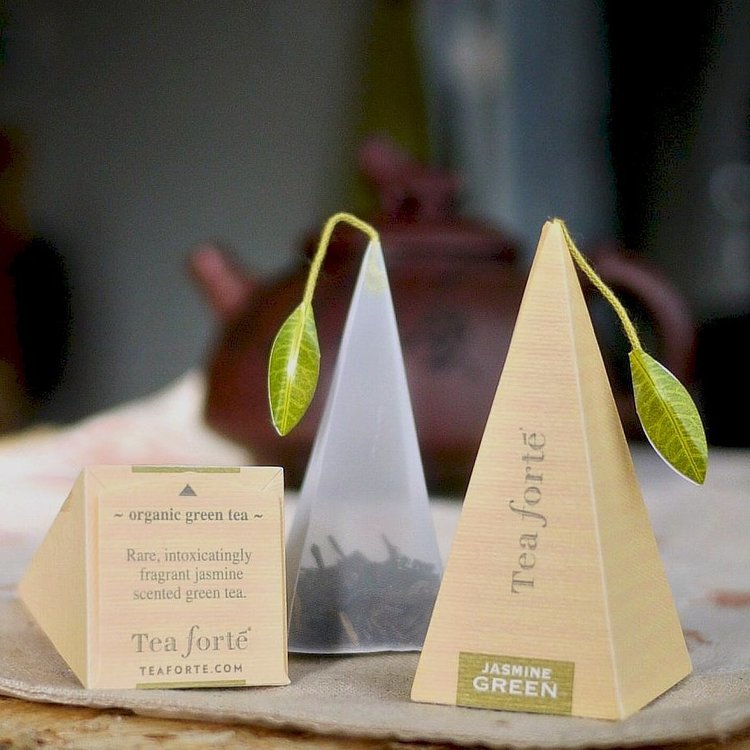
Meanwhile, some boxes have push tabs that hold the product inside, while others are reusable. Small design functions like these make a product stand out.
3. Presentation, value and details are everything
Communicating core attributes and the value of your product, alongside building brand awareness and brand recognition, can help you manage the expectations of customers and build brand loyalty.
The small details in your product packaging and design can make a huge difference in a customer’s purchase and unboxing experience. For example, the way a package feels when it’s held is important.
Packaging is also a great marketing tool. For example, you can place a brand message at the bottom of a shopping bag, or an offer with a thank you note inside the package.
Meanwhile the product itself can be packaging enough.
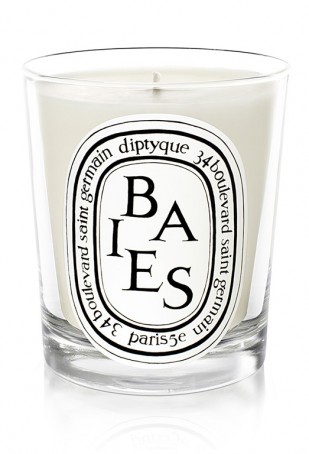
Consider French candle brand Diptyque and the candle-obssessed cult following that it attracts. “Diptyque goes all out with presentation, so yes, the vessels are gorgeous and the fragrances exclusive, which makes it that much more enticing,” Christina Rylan, who runs the blog Candle Find, says of the holiday collection. “It’s a very expensive brand and candle lovers that have the money don’t mind spending it on a quality product.”
Packaging in this case also builds brand loyalty.
4. Consider how you’ll distribute your products
Are you selling your products inside stores, or mainly making them available online? Will you be mailing your products directly to buyers? These are all considerations you should explore when deciding the appropriate packaging type for your new product.
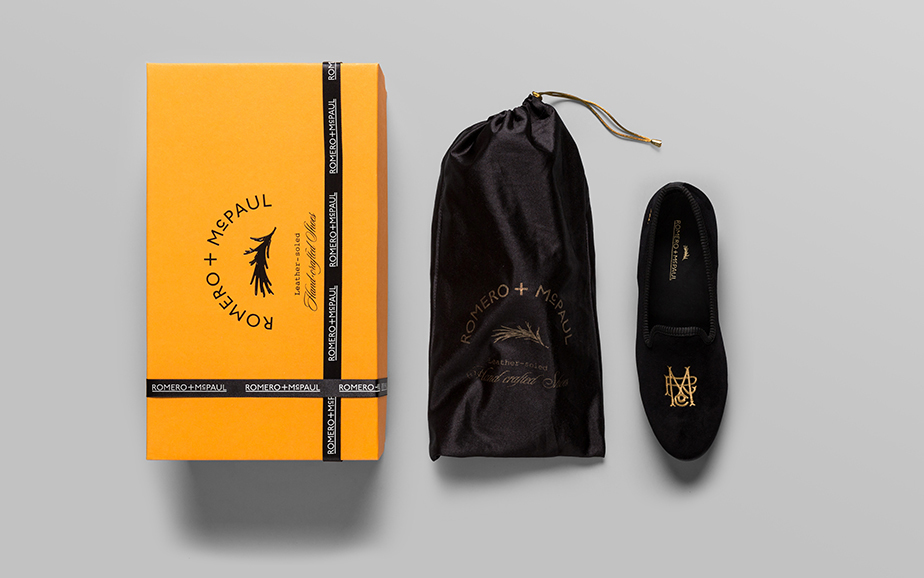
Shipping costs are often affected by the size of your product packaging and the volume shipped. Meanwhile, stores may offer limited shelf space. Packaging design should account for how you make your products available to retailers, intermediaries and and customers.
5. Calculate packaging and design costs
With all of the creative things you can do with product packaging it is easy to splurge on custom packaging. But when it comes to your product margins, you may want to aim for a more conservative packaging option.
First consider if you will sell your products individually or sell them in boxes of twelve. If you’re selling boxes of cookies, for example, then the box is your unit of sale. If you sell them both individually and in a box – then you have two types of selling units; and you need to determine the packaging costs for both.
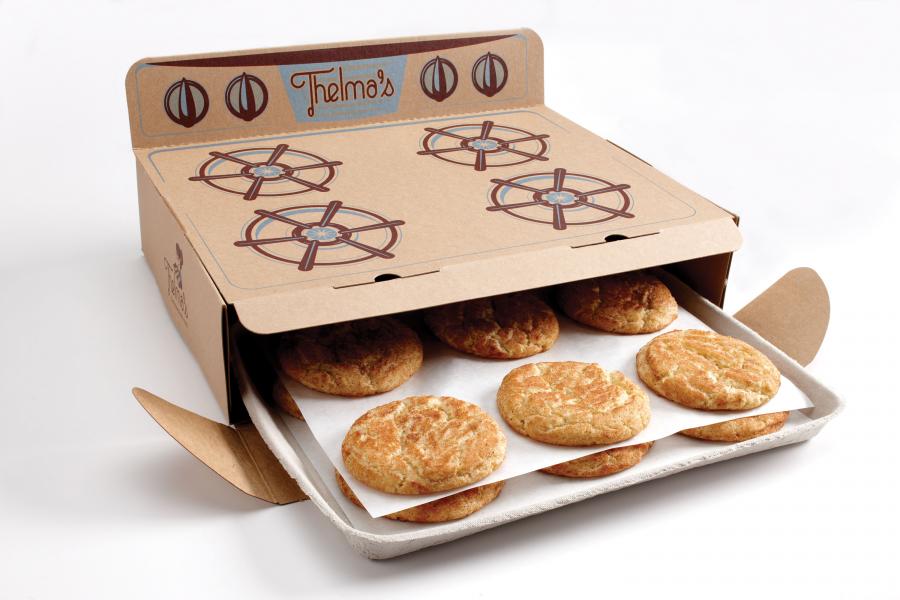
It is important to price several vendors to assess your packaging costs. Pricing is important, but don’t compromise on the utility and design of your packaging.
Final thoughts
Ultimately, product packaging and design fulfills a variety of purposes, including legal, marketing, and operational business objectives. On top of that, the aim is to be creative, memorable and relevant.
Approaching product packaging and design with an open mind and these 5 tips will help you nail your packaging strategy and entice customers.
This article has been edited.
Mark Velarga is the Manager of Digital Marketing at PakFactory. Mark has several years of experience working in expanding marketing & branding efforts of small companies and has taken a new interest in the packaging world. He leads the marketing efforts for PakFactory, a leading manufacturer of custom packaging in North America. Connect with @pakfactory on Twitter.
© YFS Magazine. All Rights Reserved. Copying prohibited. All material is protected by U.S. and international copyright laws. Unauthorized reproduction or distribution of this material is prohibited. Sharing of this material under Attribution-NonCommercial-NoDerivatives 4.0 International terms, listed here, is permitted.








